Optimal Timing for Outdoor Drainage Installation

Spring offers moderate weather conditions, making it suitable for outdoor drainage work before heavy rainfall begins.

Summer provides longer daylight hours and warm weather, ideal for completing drainage projects efficiently.

Fall allows for installation before winter, minimizing disruption during colder months.

Ways to make Outdoor Drainage Installations work in tight or awkward layouts.

Popular materials for Outdoor Drainage Installations and why they hold up over time.

Simple add-ons that improve Outdoor Drainage Installations without blowing the budget.

High-end options that actually feel worth it for Outdoor Drainage Installations.

Finishes and colors that play nicely with Outdoor Drainage Installations.
Outdoor drainage installations are essential for managing water runoff and preventing flooding around properties. Properly timed installations ensure materials set correctly and reduce the risk of weather-related delays. The optimal timing depends on regional climate conditions, with mild seasons generally providing the best environment for construction and installation activities.
Avoid installation during periods of heavy rain or snow to prevent delays and ensure proper setting of drainage systems.
Dry, stable soil conditions facilitate easier excavation and installation of drainage components.
Scheduling during seasons with predictable weather helps maintain project timelines and quality.
Understanding local weather patterns supports selecting the most suitable time for installation.
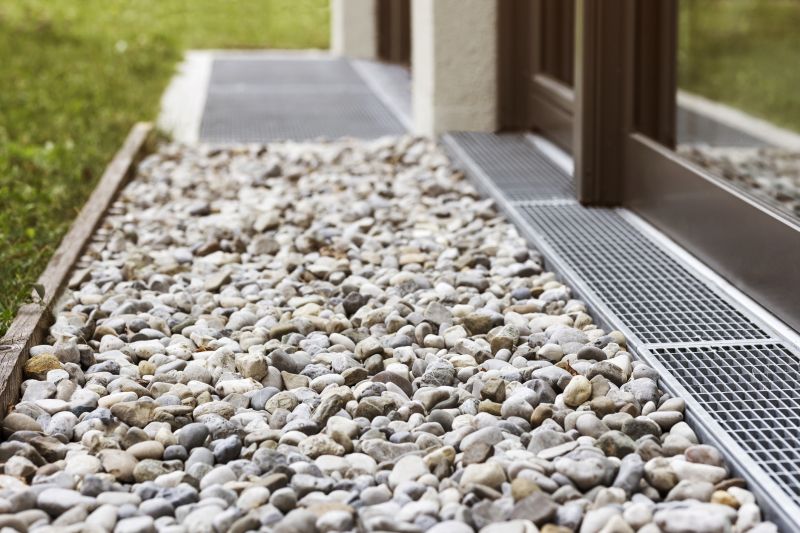
Installation underway with mild weather conditions.
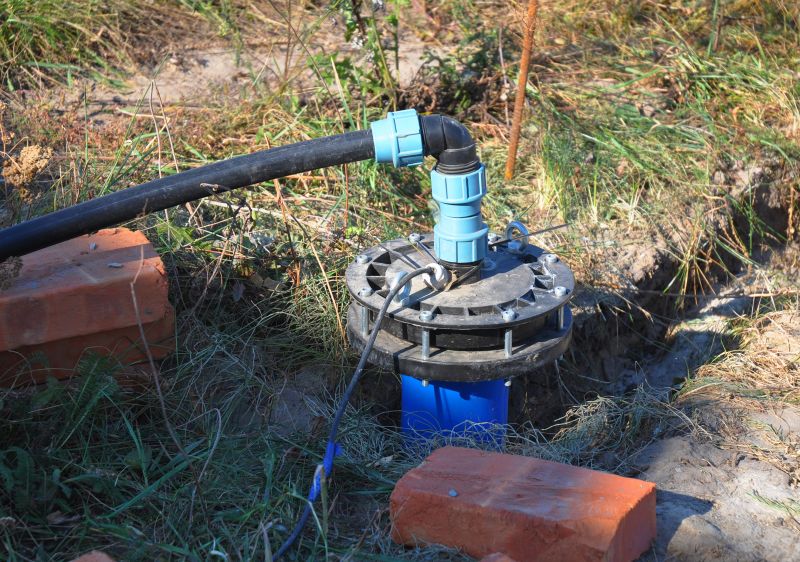
Construction during warm, dry months.
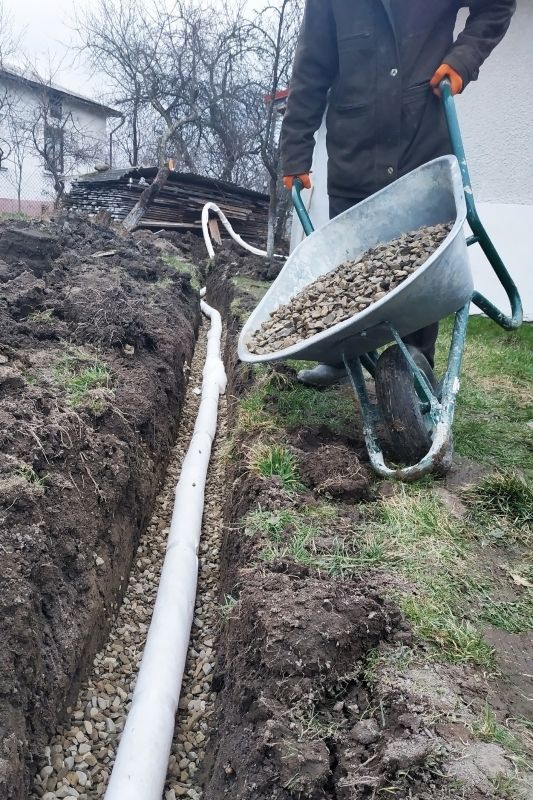
Preparing for winter with timely installation.
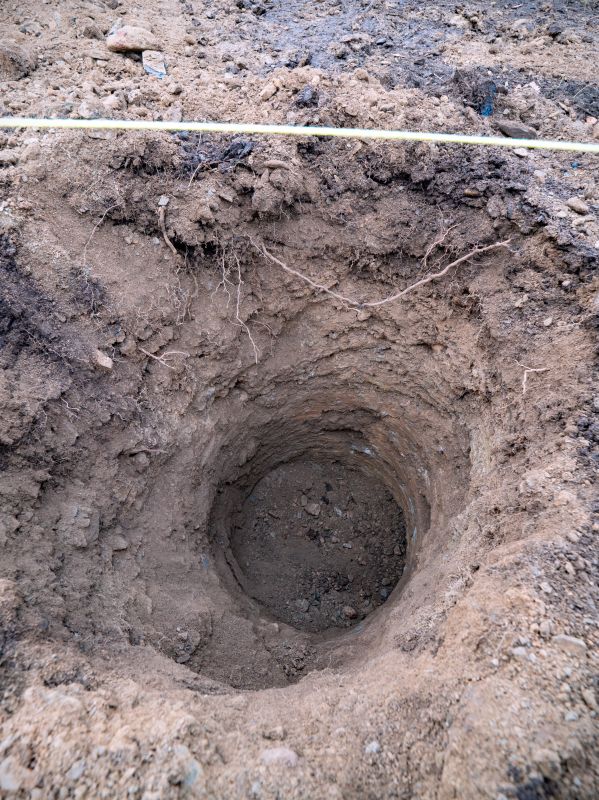
Soil is dry and stable for efficient work.

Proper installation in favorable weather.

Ensuring system integrity before adverse weather.
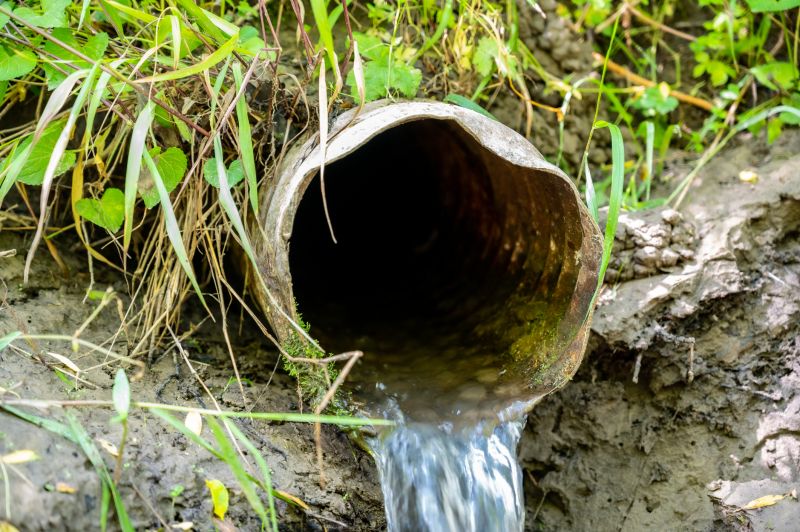
Installed in optimal conditions for longevity.

Completed before winter for minimal disruption.
| Timing Factors | Recommendations |
|---|---|
| Weather Conditions | Install during dry, mild weather to prevent delays. |
| Soil Moisture | Choose periods when soil is not excessively wet or frozen. |
| Temperature | Optimal installation occurs when temperatures are moderate. |
| Project Schedule | Plan ahead to avoid peak rainy or cold seasons. |
| Material Curing | Warm weather supports proper curing of materials. |
| Regional Climate | Adapt timing based on local seasonal patterns. |
| Precipitation Forecast | Monitor forecasts to avoid heavy rainfall during installation. |
| Daylight Hours | Longer days in summer facilitate efficient work. |
Selecting the appropriate time for outdoor drainage installations is crucial for project success. Proper timing ensures that materials are installed under optimal conditions, reducing the risk of future issues such as blockages or system failure. By understanding regional weather patterns and soil conditions, it is possible to schedule installations to maximize efficiency and durability.
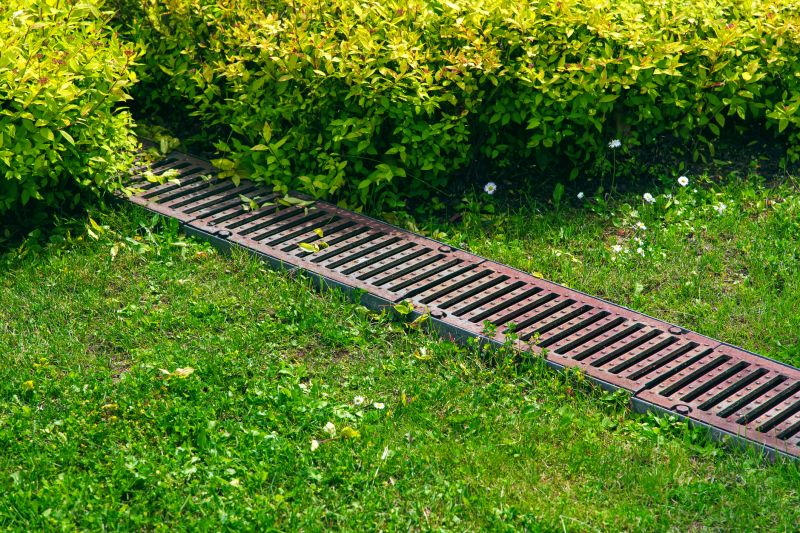
Installation during favorable weather conditions.
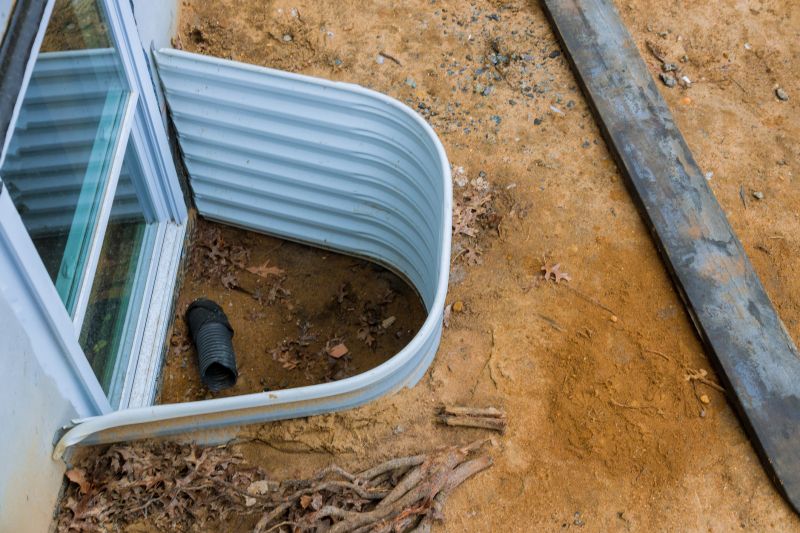
System installed with optimal timing for longevity.
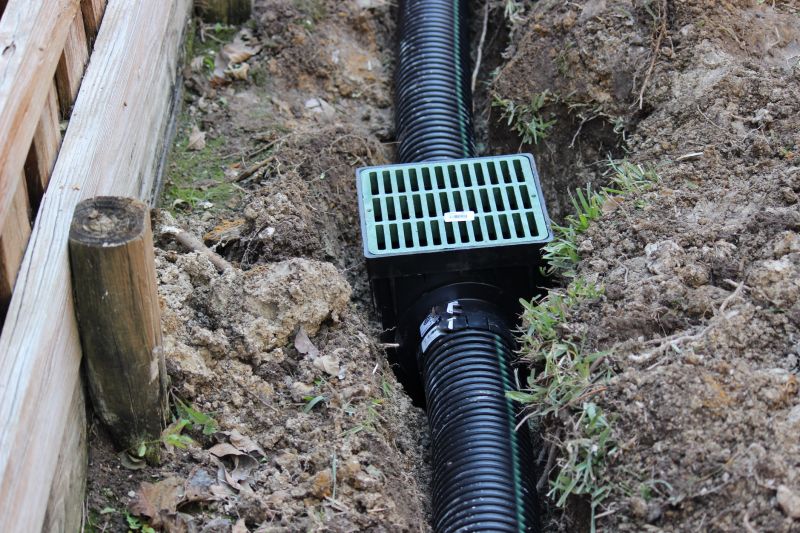
Prepared for installation in suitable weather.
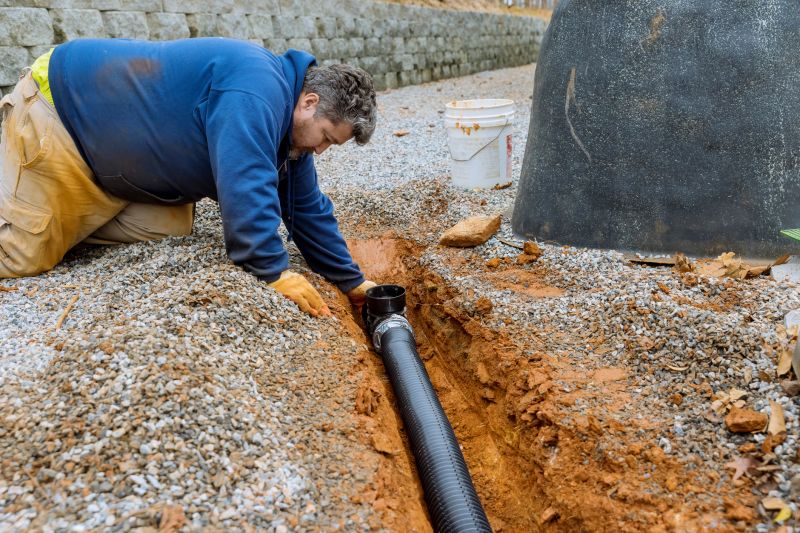
Work conducted during ideal seasonal conditions.
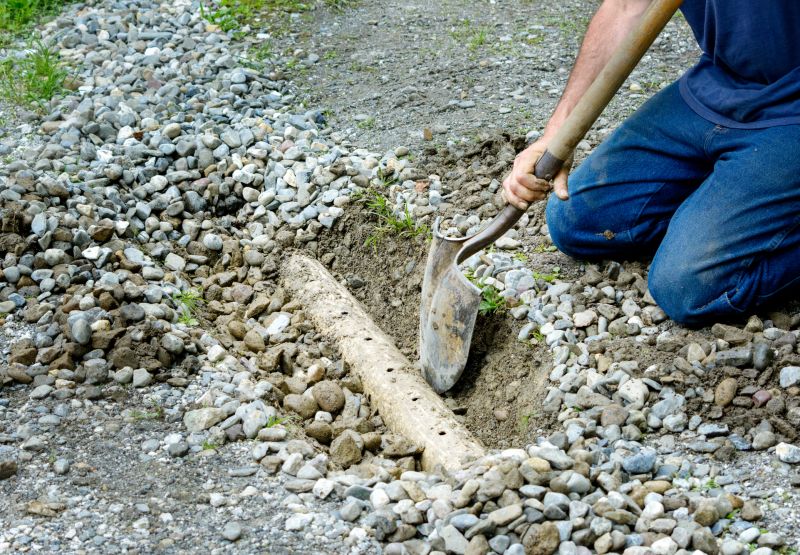
Little measurements that prevent headaches on Outdoor Drainage Installations day.

A 60-second routine that keeps Outdoor Drainage Installations looking new.
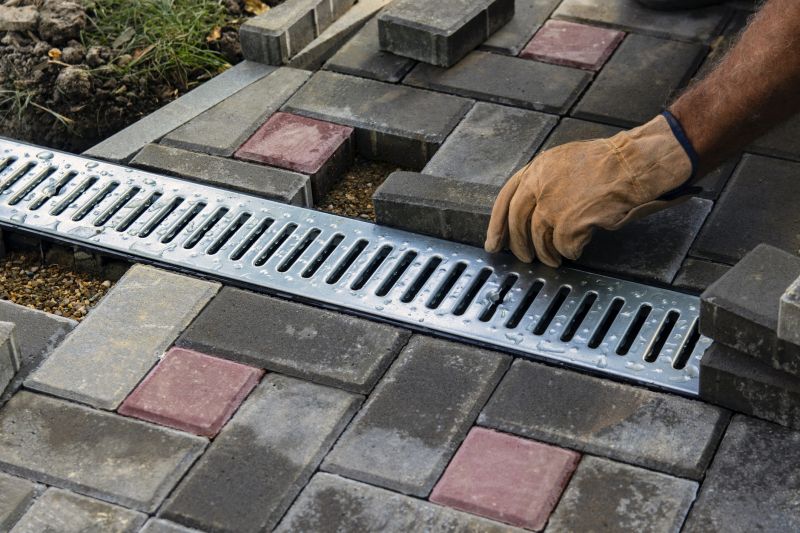
A frequent mistake in Outdoor Drainage Installations and how to dodge it.
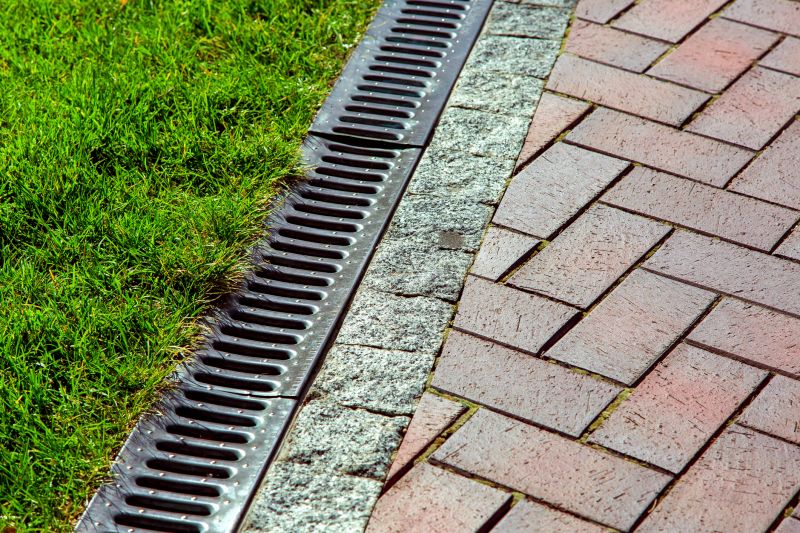
Small tweaks to make Outdoor Drainage Installations safer and easier to use.
Interested in outdoor drainage installations? Filling out the contact form provides an opportunity to discuss project timing and requirements with professionals experienced in managing installation schedules for optimal results.
